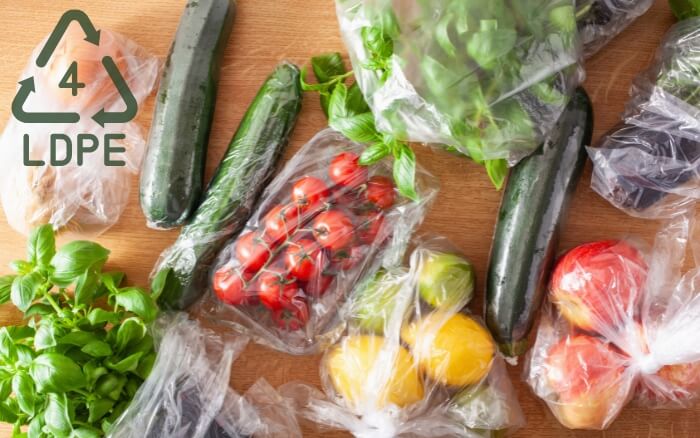Being able to identify what sort of plastic item you have helps you understand whether it can be recycled or not. Plastic by numbers is a good place to start when learning the types of plastics found around your home. In this article, we’re discussing Plastic number 4, a Low-density polyethylene or LDPE, and how you can recycle it.
Low-density polyethylene or LDPE was the first polyethylene to be produced during the 1930s. Plastic number 4 LDPE is easy to identify with a number 4 inside chasing arrows and recycling it is easy when you know how.
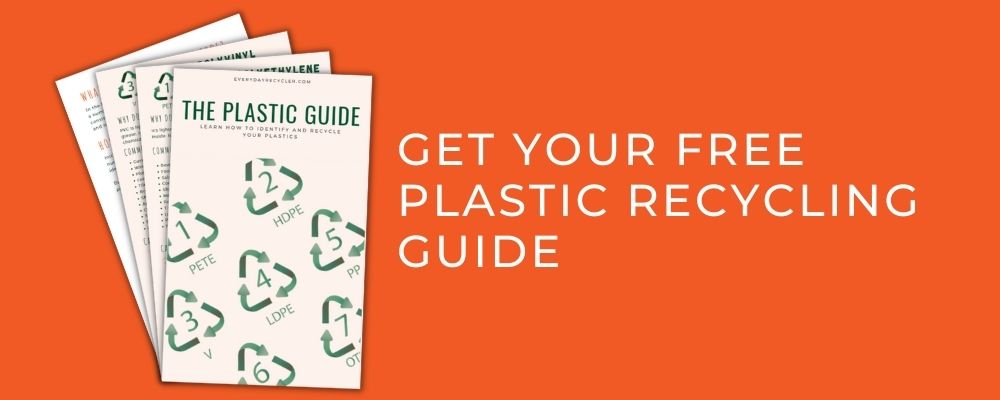
There are two types of LDPE, rigid and soft, and both can be recycled. SSqueezable bottles, caps, and toys are typical examples of rigid LDPE, whereas plastic bags or produce bags from the grocery store are examples of soft LDPE. Read on to learn more or jump straight to How to Recycle Plastic Number 4 LDPE if you want to save time.
Want to learn how to reduce your waste first. Why not check out Reduce reuse recycle, ways to get you thinking.
Why Do We use LDPE?
LDPE is a thermoplastic made from the monomer ethylene, the same as HDPE. The properties of plastic number 4 LDPE make it a useful material:
- It’s both durable and flexible.
- It does not release harmful chemicals, making it a safe choice for food storage.
- LDPE has good transparency.
- Doesn’t break easily.
- And it resists acids, bases, and oils.
What’s the difference between HDPE and LDPE?
LDPE has a lower density than HDPE, making it slightly more malleable and not as strong as HDPE.
Everyday items made from LDPE
The toughness, flexibility, and relative transparency of LDPE, are an excellent combination of properties for use in packaging. As we mentioned above, there are rigid and flexible forms of LDPE plastic. Below are some examples you might be familiar with.
Everyday Examples of Rigid Forms of Plastic No 4
- Squeezable bottles for condiments, like honey and mustard
- Kids toys
- Food and other packaging
- Container lids for bottled drinks
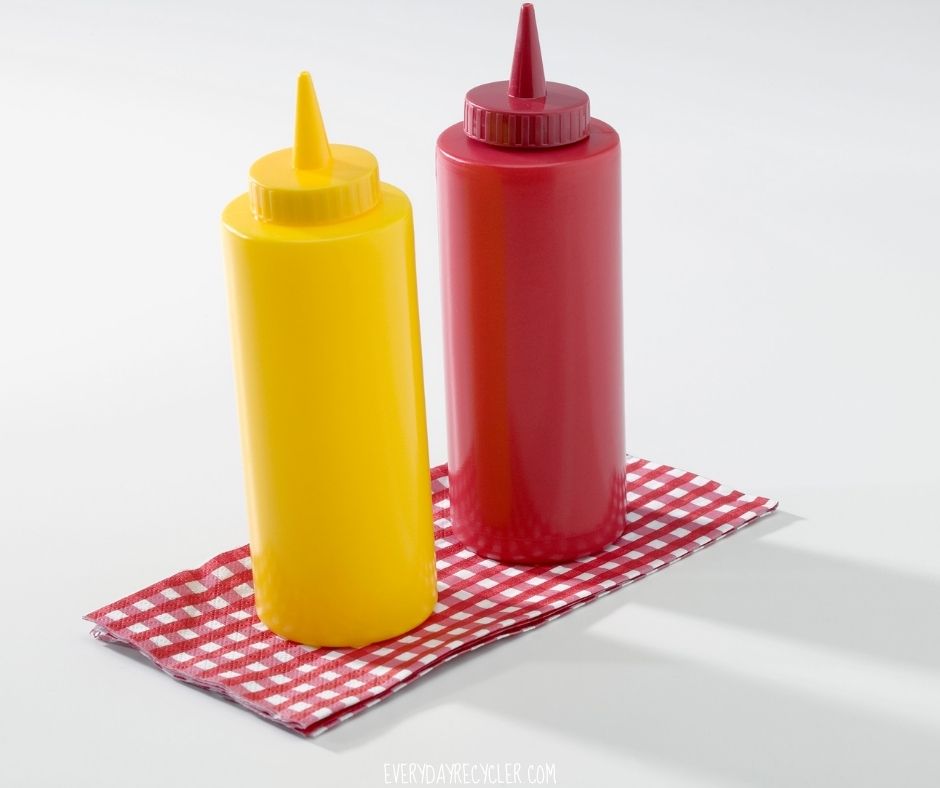
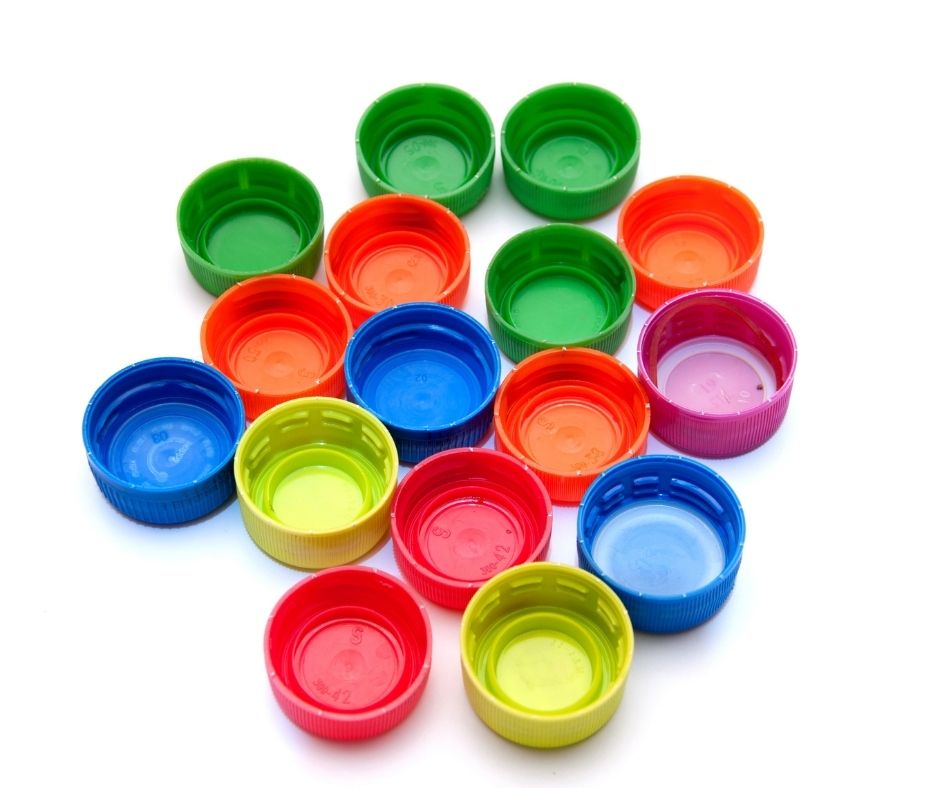
Everyday Examples of Flexible Forms of Plastic No 4
- Cling wrap and sandwich bags
- Grocery bags and frozen food bags
- Flexible container lids
- Dry cleaning bags
- Newspapers wrapping
- Shrink-wrap and stretch film
- Insulation on electrical wires and cables

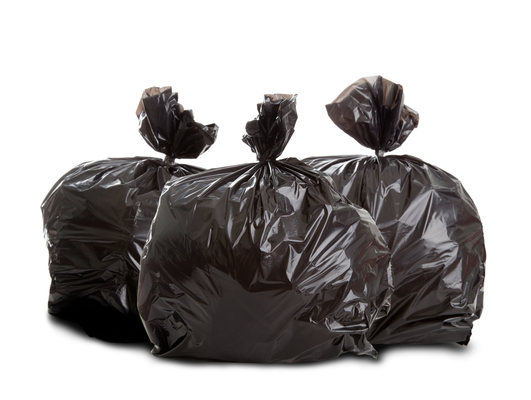
Along with everyday goods like packaging, LDPE offers a wide range of commercial applications. The main industrial applications for LDPE are electrical insulation, adhesives & sealants, and injection moulding.
It’s also common to find LDPE and HDPE being used in the automatic industry. They’re used to make the panels of a car’s exterior because they’re lightweight, and are easily molded into different shapes.
Ways to Reduce and Reuse LDPE Plastic?
The best way to reduce your use of plastic number 4, or any plastic for that matter, is to minimize the number of plastic products you use overall.
Ways to do this include:
- Take your own reusable grocery bags to the supermarket, check out some great examples below.
- Buy concentrated cleaners which can be diluted and, therefore, last longer. An alternative is making your own cleaners.
- Make your own sauces and condiments. It’s healthy, and you can reduce your use of plastic bottles and containers while also recycling your glass jars. Learn more in Glass Recycling and What is Glass Made of.
- Composting and cutting down your food waste will help you use fewer bin liners and reduce food waste.
- Grab reusable containers if you need to store leftovers.
- Buy products either made out of recycled materials or use recycled packaging.
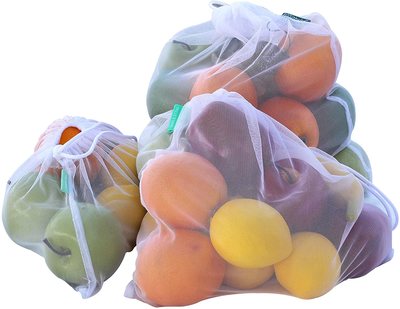
Reusable Produce Bags
Earthwise Reusable Mesh Produce Bags are a great option for reducing how much plastic you use day to day. They are washable and see-through so there’s no trouble at the checkout.
Keep them with your reusable shopping bags so you don’t forget them when you head to the supermarket.
How to Recycle LDPE
Low-density polyethylene or LDPE is recyclable. Similar to HDPE, many curbside recycling programs accept rigid LDPE bottles and containers. However, in some locations it is not accepted so you will need to check to be sure. You can do this by checking what plastic resin code numbers your local curbside recycling accepts.
If LDPE, or plastic number 4, is accepted by your curbside recycling program it’s very likely they will only accept rigid plasitc and not take any flexible or soft plastics. It’s very important not to put these soft plastics into your curbside recycling bin as they can cause issues at the processing plant. Only put rigid plastics in your curbside recycling bin unless your local curbside recycling programs specifically accepts these types of items.
How to Recycle Plastic Number 4 LDPE Rigid Plastic
- Check that Plastic number 4 is accepted with your local authority.
- Make sure the item is a rigid plastic, refer below.
- Clean excess food or drain out liquid from the container. If it is a cleaning product or chemical, make sure you don’t pour it down the drain or into your garden.
- Place the plastic in your curbside recycling bin or take it to a container deposit depot or other specialist recycler.
How to Recycle Plastic Number 4 LDPE Soft Plastics
- Do the scrunch test. If the item can be scrunched up, it is in the soft plastic category. If it bounces back into its shape, it is a rigid plastic.
- Collect your soft plastics, scrunch them up, and place them in a bag. But make sure that all food scraps are removed and the plastic is dry.
- Remove any receipts or other items.
- Next, take the plastic bag full of soft plastics to your local drop-off center for recycling.
Refer to our article on soft plastic recycling to find links to help you find where you can recycle your soft plastics.
What is Recycled LDPE Made Into?
- Floor tiles
- Shipping or postal bags/envelopes
- Garbage bin liners
- Furniture
- Film and sheets
- Compost bins and trash cans
- Landscape timber and outdoor lumber
What Else Can be Made From Recycled Plastic?
Here are some other great recycled plastic products.
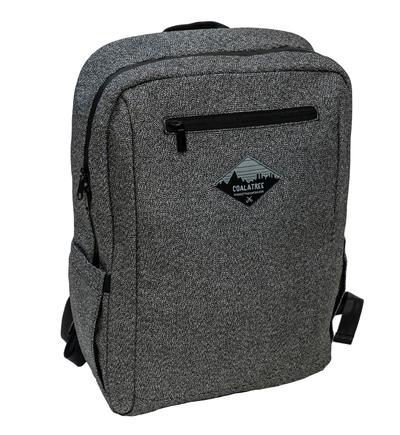
Recycled Backpack
Coalatree’s recycled plastic backpack is made from repurposed plastic bottles. The fabric is a tough and durable, water-resistant ripstop material that is also slash-proof.
They feature easy-access pockets and a hidden pocket for keeping your passport or other valuables. It’s also TSA approved size and comes with a TSA approved built-in lock.
And they look great!

Recycled Activewear
This reversible, midlength tank top and matching joggers are both made using post-consumer recycled plastic — 84% RPET and 16% spandex.
That’s 20 plastic bottles used to make the tank top and 50 for the joggers. A total of 70 plastic bottles saved from landfill.

Recycled board shorts
Board shorts for men and boys made from recycled PET plastic using post-consumer plastic bottles. They also use tree bark (Tencel) and spandex in their classic long-sleeved top.
What Happens When Plastic Number 4 LDPE is Not Recycled?
In our everyday lives, the most common form of LDPE is flexible LDPE. There are many problems with not recycling soft plastics and sending them to landfills.
First, it’s a waste of resources that can be recycled and used in new products.
Second, the environmental impact can be significant. Soft plastics are lightweight and can easily blow around and out of landfills, sometimes traveling long distances, taking a long time to break down – and creating damage to the environment in the process.
Ultimately, recycling LDPE keeps waste out of landfill, and saves energy compared to producing items out of virgin materials.
Summary (Or Wrapping it All Up)
Now that we’ve all learned a little more about LDPE, let’s recap:
- It can be identified with the Plastic number #4 symbol.
- LDPE is easily recyclable and often included in curbside pickup in its rigid form.
- Soft forms of LDPE can be recycled at soft plastic specialist recycling drop-off locations. Refer to our exclusive piece on recycling plastic bags and soft plastics for more information.
- Be sure to clean out any food from your containers before placing them in your recycling bin.
- If you do not have a curbside recycling program, see if you can access a container deposit depot or take your recycling down to a recycling centre.
If you want to know about the other plastic recycling codes, why not check out our exclusive write-ups?
- Updated 2018, Highlights of Low-Density Polyethylene, plasticsmakeitpossible.com
- 2019, What’s the difference between LDPE and HDPE?, essentracomponents.com
- Alyssa Mertes, 2020, What are the different types of plastic?, qualitylogoproducts.com
- Last updated 2020, Low density polyethylene, Wikipedia


